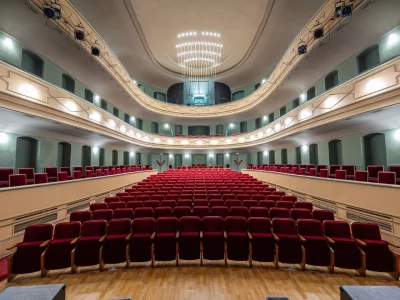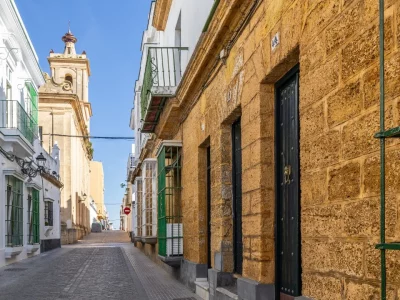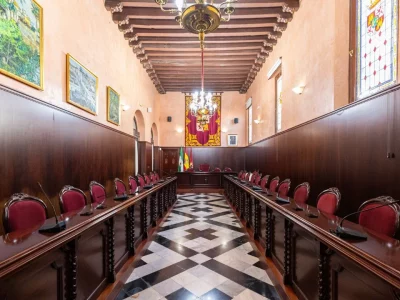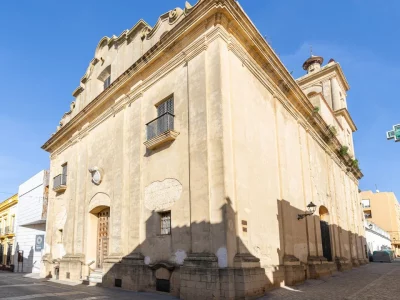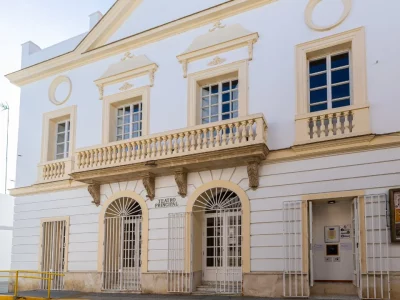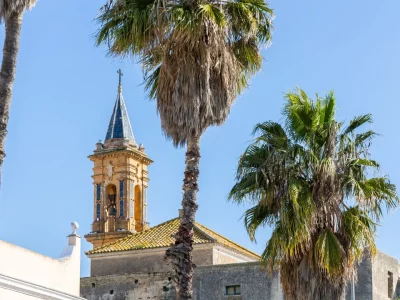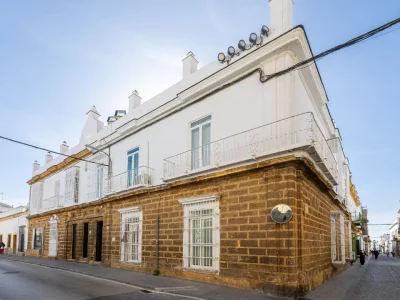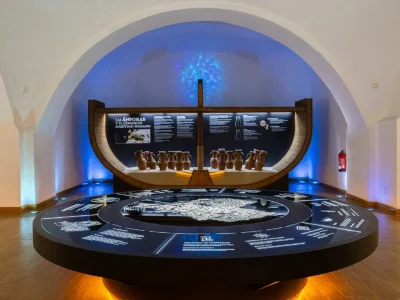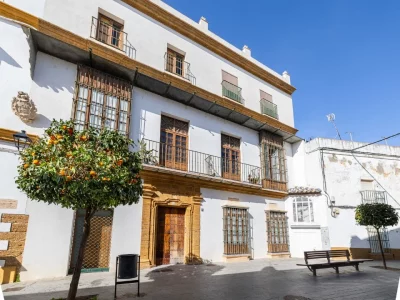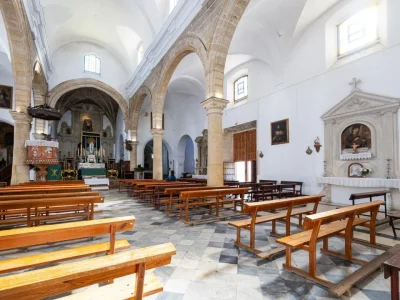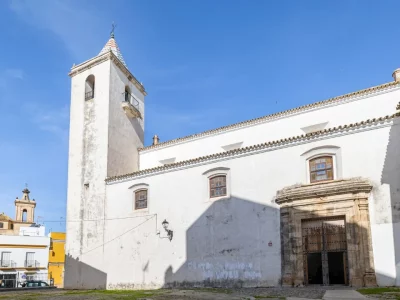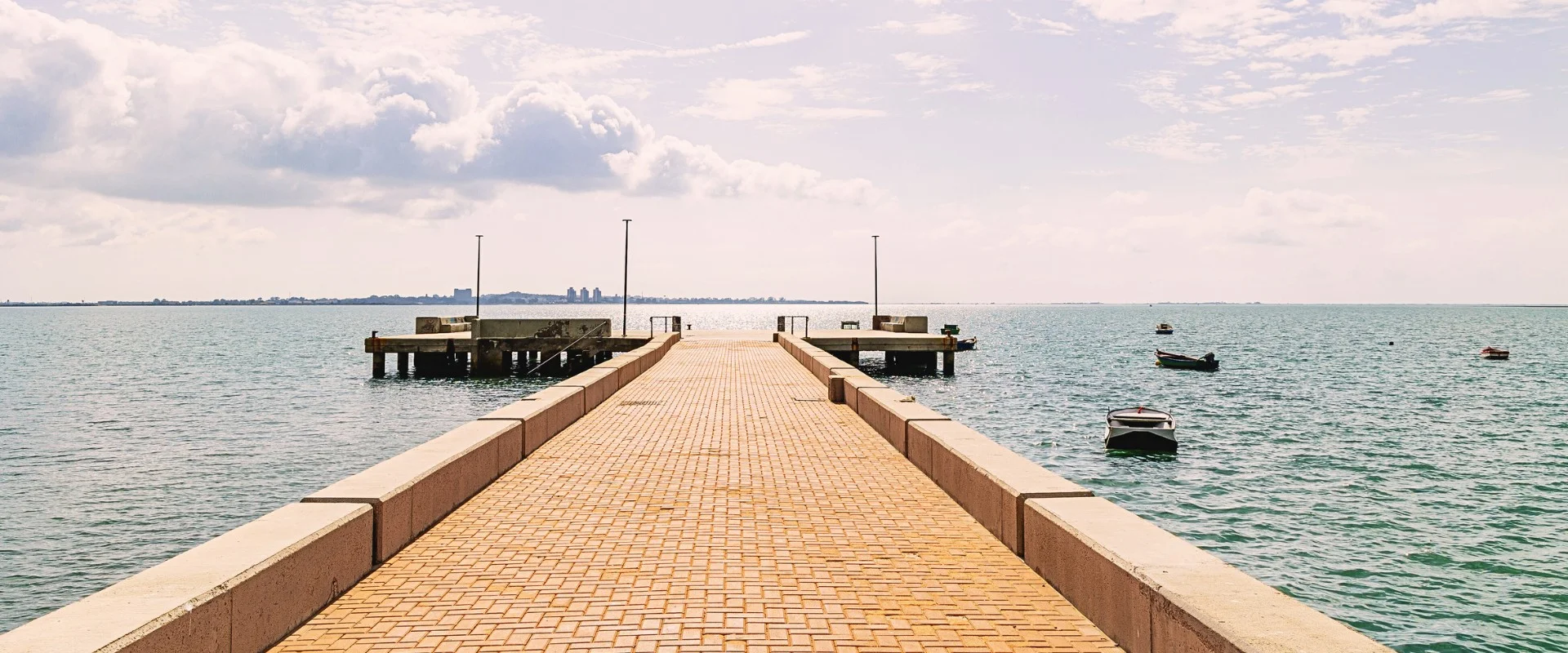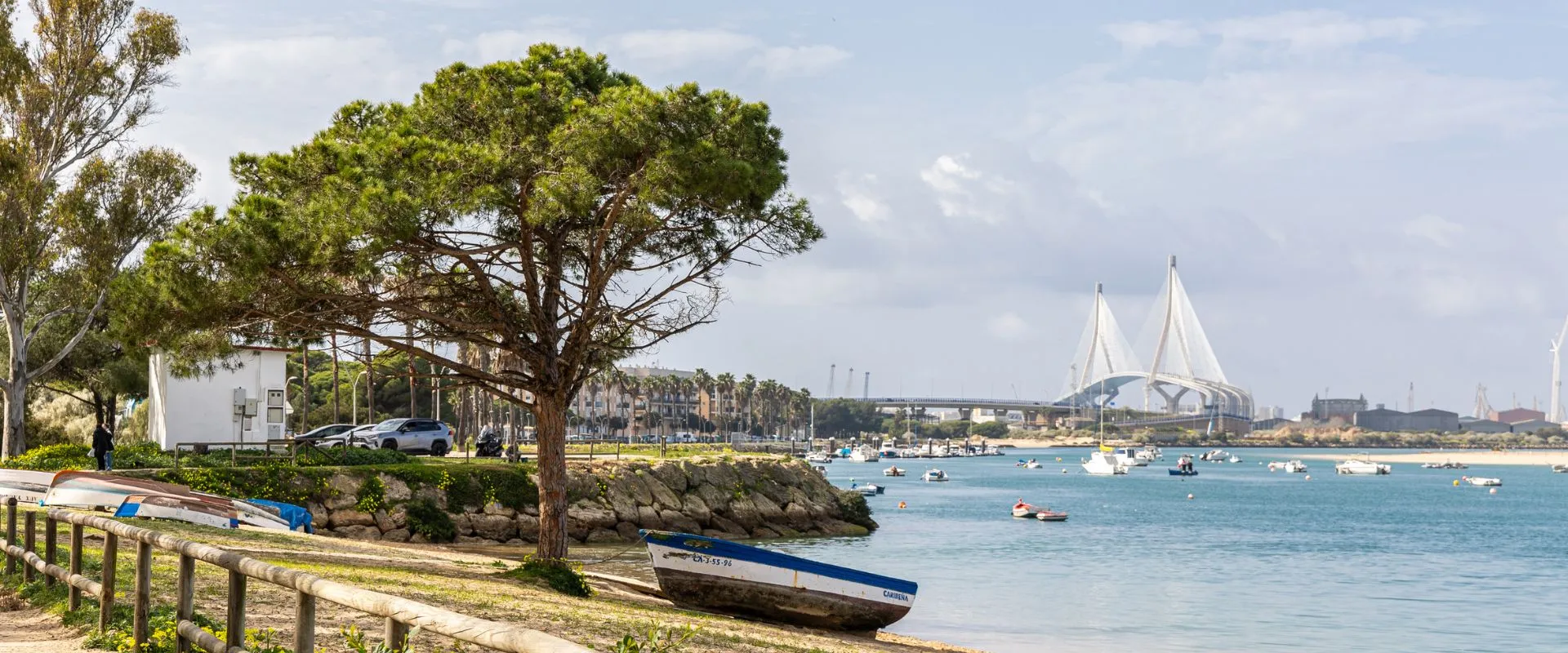The Chapel of El Rocío
formerly known as the Chapel of Carmen, was blessed on July 11, 1959. It is a chapel erected on the María y José estate, owned at that time by José Luis Domínguez Gutiérrez and María Luisa Vega Sánchez.
Inside is preserved an image of the Virgen del Rocío, a reproduction of the patron saint of Almonte made by the Sevillian sculptor Fernando Aguado Hernández in 2011. It also houses a crucifix from the old chapel of Cortijo de Guerra, which must have been made in the 1940s by a sculptor from the circle of Juan Luis Vassallo Parodi or Luis Ortega Bru.
The chapel is located in an area popularly known as “El Gallinero”, in the surroundings of which is located an important site from the Roman period (1st century A.D.), being visitable an amphora production furnace with a circular plant of 4.5 meters in diameter, put in value since 2011.
Also in this place was installed in 1823 the so-called Battery of Angoulême, a bastion from where the troops of the Hundred Thousand Sons of Saint Louis, commanded by the Duke of Angoulême, organized the definitive attack on the Cortadura pipe, next to the San Pedro River, in the famous Battle of the Trocadero.
The Chapel of El Rocío
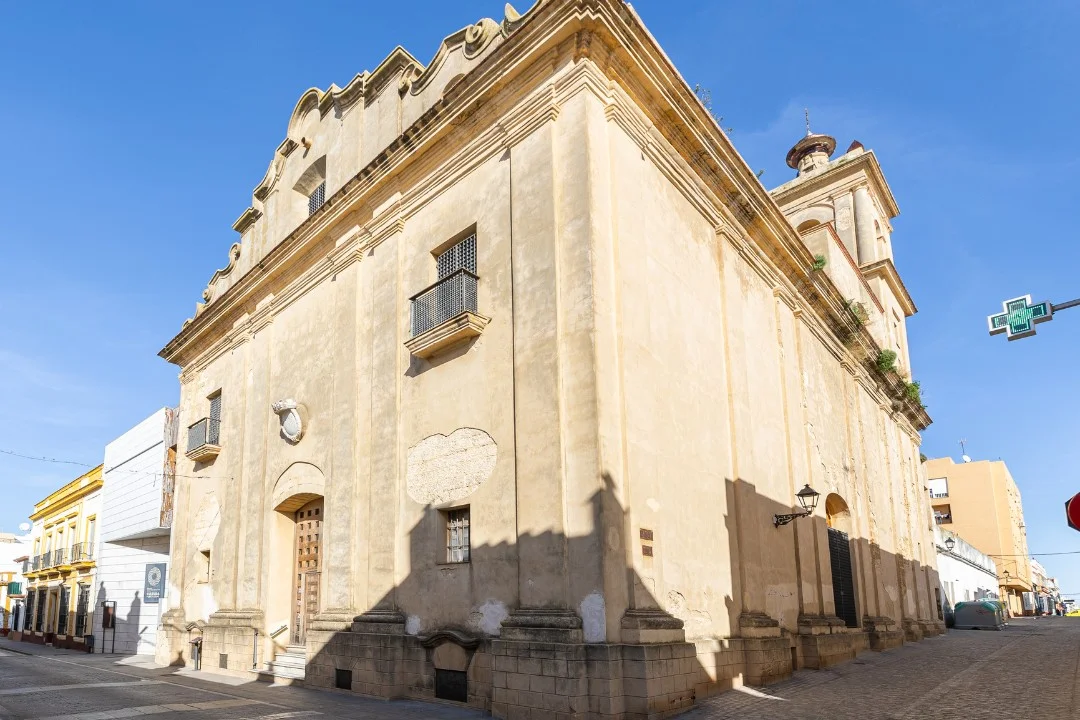
The Chapel of El Rocío
formerly known as the Chapel of Carmen, was blessed on July 11, 1959. It is a chapel erected on the María y José estate, owned at that time by José Luis Domínguez Gutiérrez and María Luisa Vega Sánchez.
Inside is preserved an image of the Virgen del Rocío, a reproduction of the patron saint of Almonte made by the Sevillian sculptor Fernando Aguado Hernández in 2011. It also houses a crucifix from the old chapel of Cortijo de Guerra, which must have been made in the 1940s by a sculptor from the circle of Juan Luis Vassallo Parodi or Luis Ortega Bru.
The chapel is located in an area popularly known as “El Gallinero”, in the surroundings of which is located an important site from the Roman period (1st century A.D.), being visitable an amphora production furnace with a circular plant of 4.5 meters in diameter, put in value since 2011.
Also in this place was installed in 1823 the so-called Battery of Angoulême, a bastion from where the troops of the Hundred Thousand Sons of Saint Louis, commanded by the Duke of Angoulême, organized the definitive attack on the Cortadura pipe, next to the San Pedro River, in the famous Battle of the Trocadero.
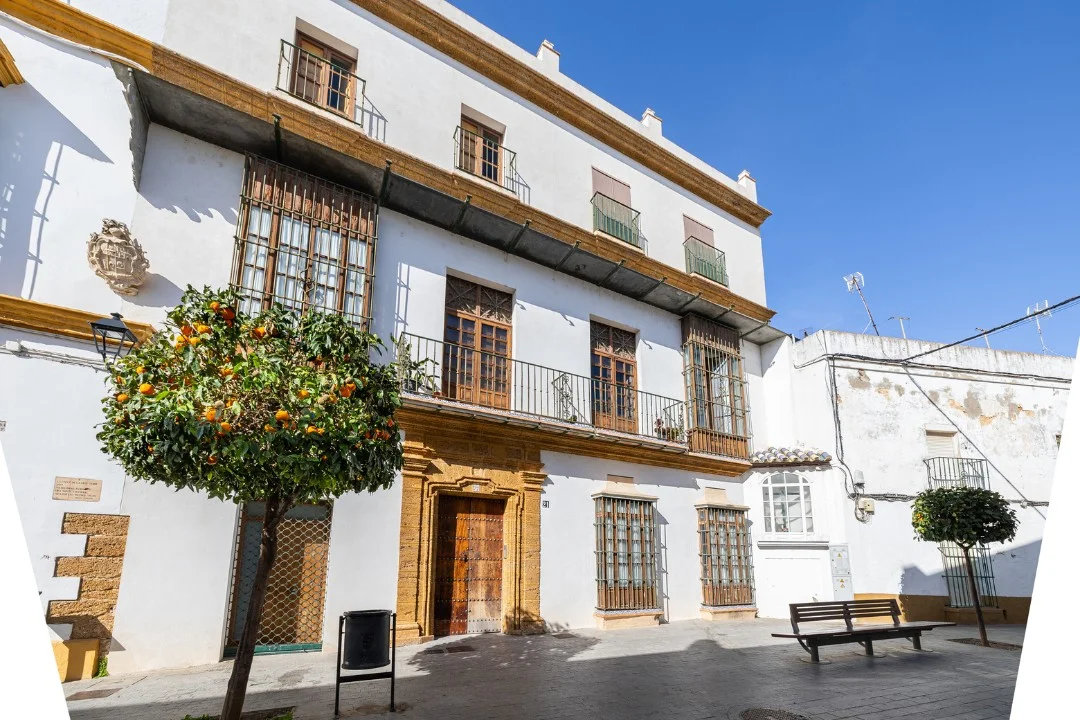
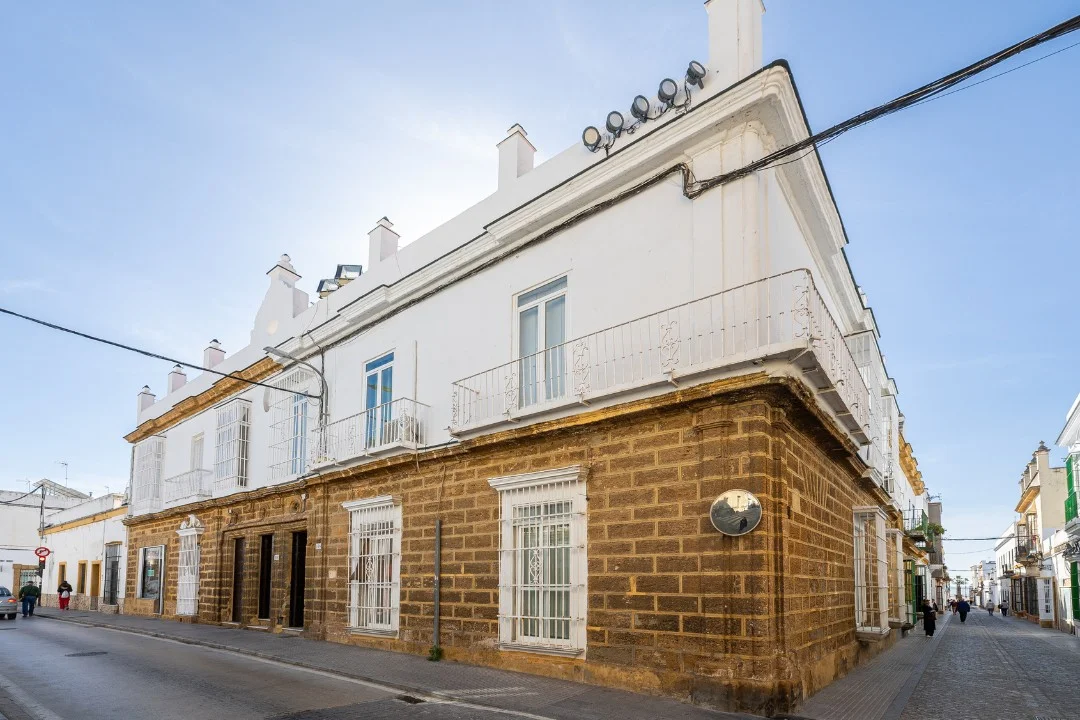
The heart of Puerto Real
This route offers visitors the chance to explore the heart of Puerto Real, taking them through its emblematic streets, historic squares and buildings with centuries of history. Through this experience, the visitor will understand and appreciate the cultural and architectural richness of the city, connecting with its past and present.
Horno Romano - Plaza de Jesus
We will begin our tour at the Horno Romano del Gallinero, witness of the history of the city for centuries. From there, we will head to the picturesque Chapel of El Rocío, a place full of spirituality and tradition.
We will continue through the unique Callejón del Arco, which stands out for being the most characteristic stamp of Puerto Real with its colorful flowers. Next, we enter the busy Plaza de Jesús, the epicenter of the city’s activity, where we will be greeted by the unique architecture of the City Hall.
Vaqueros Street - La Victoria Church
We cannot overlook the crossroads that connects Calle Vaqueros with Calle Real, where we can enjoy the imposing stone facade and facades of the Church of San José, now converted into a Cultural Center. Next to it is the Cultural Interpretation Center, which will open the doors to the centuries of history of the city.
Just a few steps away, the Priory of San Sebastian will amaze us with its orientation that breaks the architectural line of the streets of Puerto Real. Where the Cruz Verde Street stands out, a road that will lead us to the historic set of farms of the Casas de los Goyena, from where we will go to the Conventual Church of La Victoria, a temple erected by the Franciscan order of the Mínimos de la Victoria.
Main Theater
We will continue walking to the Teatro Principal, the second oldest theater in Andalusia, to continue our walk to the Mercado de Abastos, where we will discover the flavors and colors of the authentic life of Puerto Real.
Caja del Agua and end of route
We will conclude our trip in the romantic Jardines del Porvenir and the Caja del Agua, where you will be able to contemplate the natural beauty that completes the historical richness of our city.
Join us on this fascinating journey and discover the historic center of Puerto Real, where every stone, every street and every corner will connect you with the past and present of this Andalusian jewel!
During the walk through the streets of the historic center, declared a Historic-Artistic Site, we can see many stately homes of the eighteenth century, with facades of oyster stone, extracted from the park of Las Canteras.
These houses are composed of large balconies, closings and windows with bars , as well as some with twin doorways and a trio of doorways that give access to the different floors of the building.



